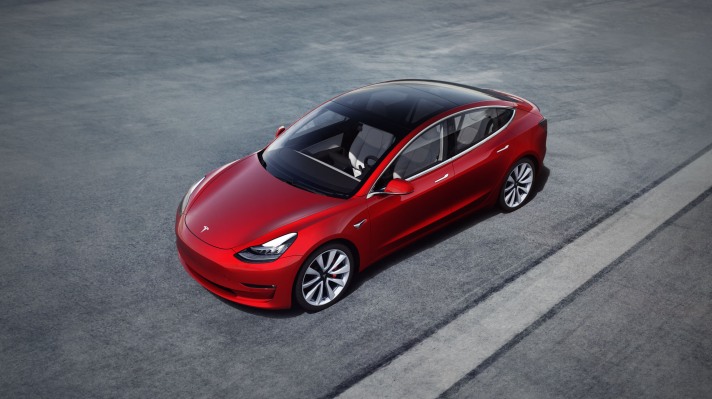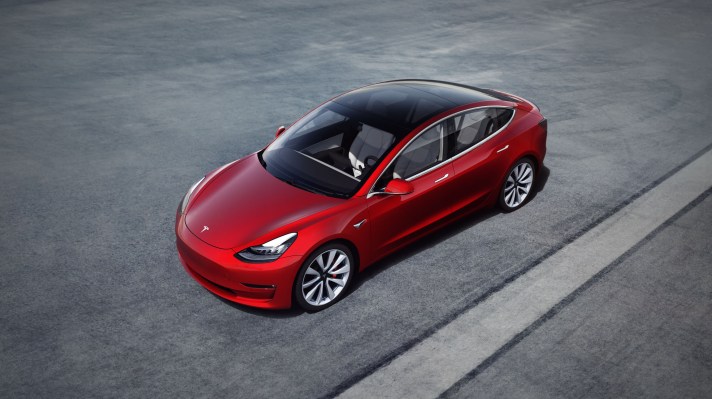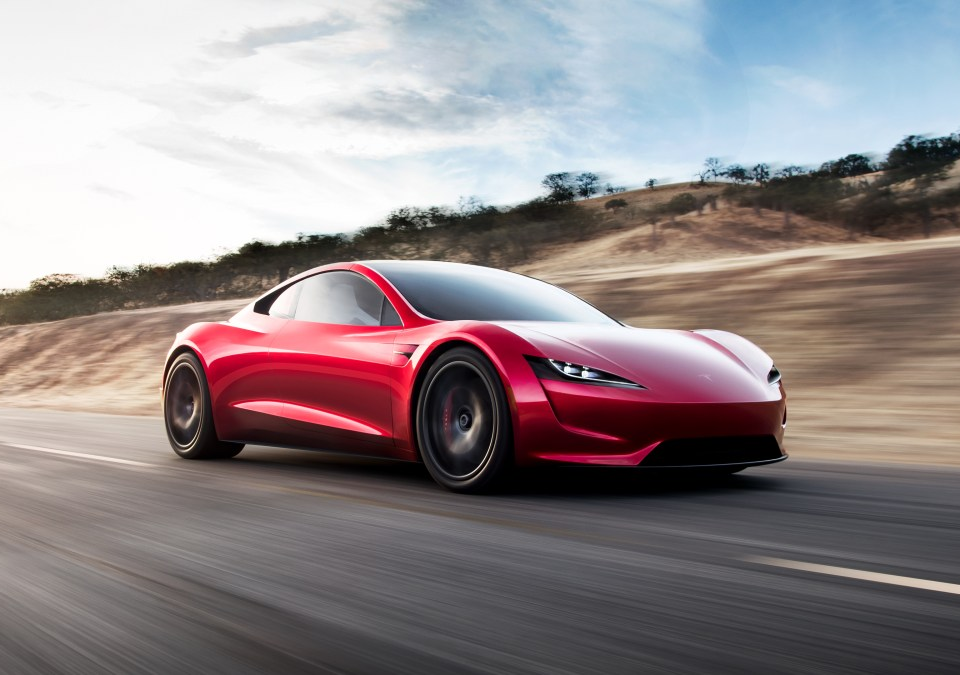
Mercedes-Benz adopts Tesla’s North American Charging Standard
July 7, 2023
Car-sharing revenue could be a first step to mainstream adoption of web3 in the enterprise
July 19, 2023

Tesla said the $7,500 federal tax credits for its Model 3 and Model Y electric vehicles are likely to be reduced after December 31, according to a change on the automaker’s website late Tuesday.
“Customers who take delivery of a qualified new Tesla and meet all federal requirements are eligible for a tax credit up to $7,500,” the website reads. “Reductions to current federal tax credit likely after Dec 31.”
The EV tax incentives, in addition to Tesla’s many price cuts, have helped the automaker hit record delivery numbers. If Tesla were to lose tax credits, it could still fall back on its trusty (and controversial) price cuts, but analysts worry that such a strategy will have a serious effect on the company’s margins.
Tesla didn’t say why it expects to lose federal tax credits on its vehicles by the end of 2023, but it could be due to the government’s plan to enforce stricter rules on batteries next year.
The tax credit is broken down into two parts, each worth $3,750: a battery requirement and a critical minerals requirement. To be eligible for the battery requirement in 2023, 50% of the vehicle’s battery must be assembled or manufactured within North America. Next year, that percentage jumps to 60%.
To meet the critical minerals requirement in 2023, 40% of the critical minerals in a car’s battery must be extracted from or processed within the U.S., or from a country with whom the U.S. has a free trade agreement. By 2024, that percentage will be 50%. Additionally, in 2024, vehicles can’t source battery parts from a foreign country of concern (e.g., China), and in 2025, EVs can’t contain any critical minerals sourced from China or other countries of concern, if they want to keep their credits.
Tesla uses batteries from Chinese company CATL and South Korean company Panasonic for its Model 3s. The automaker has recently tapped BYD, a Chinese automaker, for batteries for its Model Y.
The harsh requirements are the U.S.’s attempt to end reliance on China for battery manufacturing and parts. Despite billions of dollars in investment from automakers and battery manufacturers to onshore, that reliance will be tough to end.
Six of the top 10 battery manufacturing companies are based in China, the country that dominates cathode, anode and refined battery materials production. In 2022, China had more battery production capacity than the rest of the world combined, with 838 GWh capacity. That’s compared to the U.S.’s 70 GWh, according to BloombergNEF data. U.S. battery production capacity is expected to grow 10x by 2027 to about 908 GWh, but that’s nothing compared to China’s expected 600% increase.
The alert from Tesla could also be a move to kick more sales into gear this year, encouraging buyers to order a Model 3 or Y in the next few months while there’s a near-guarantee of receiving the full credit. Tesla only just got the green light for its Model 3s to be eligible for the full credit, rather than just half, in June. All Model Ys have been eligible since the rules went into effect.



